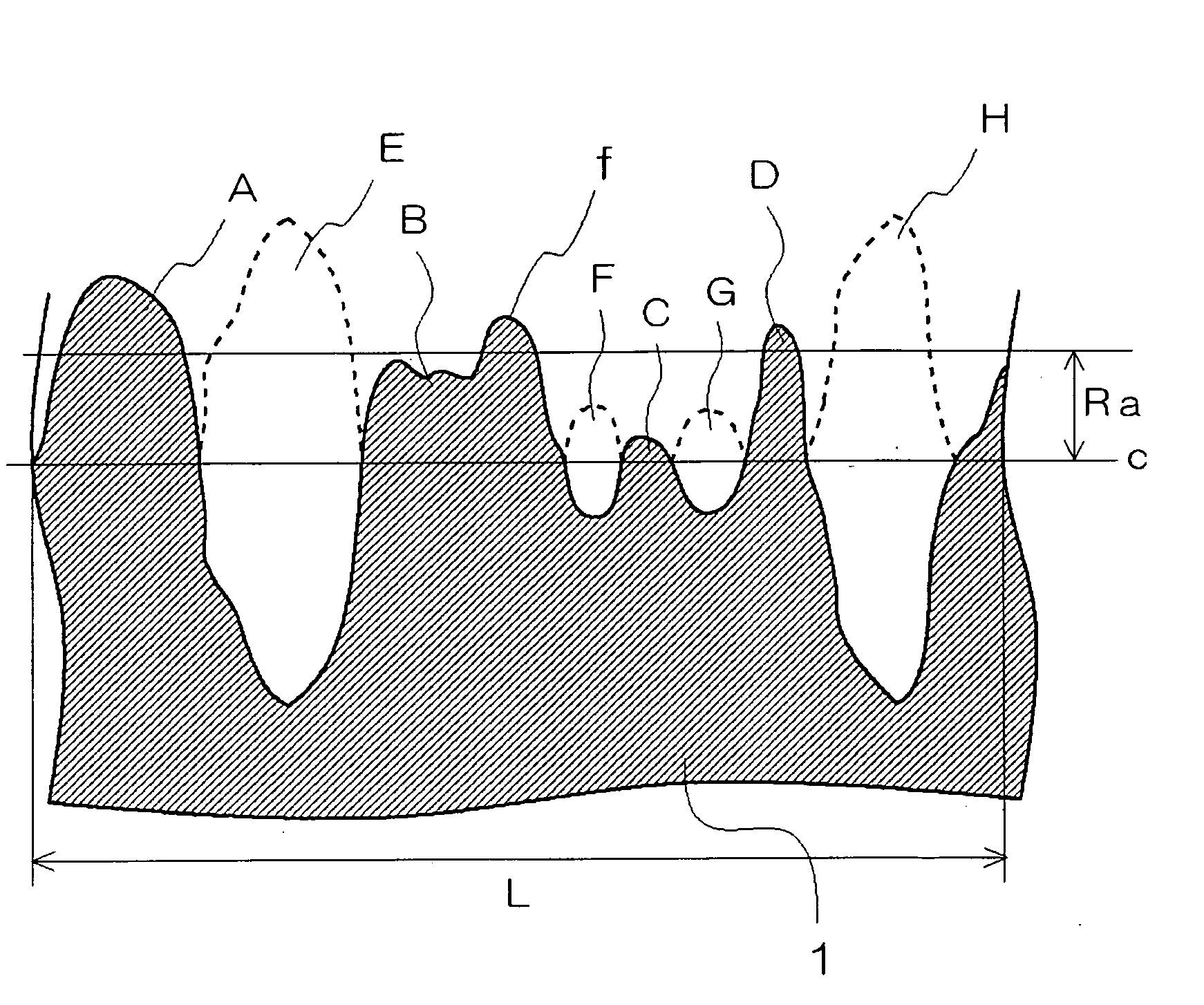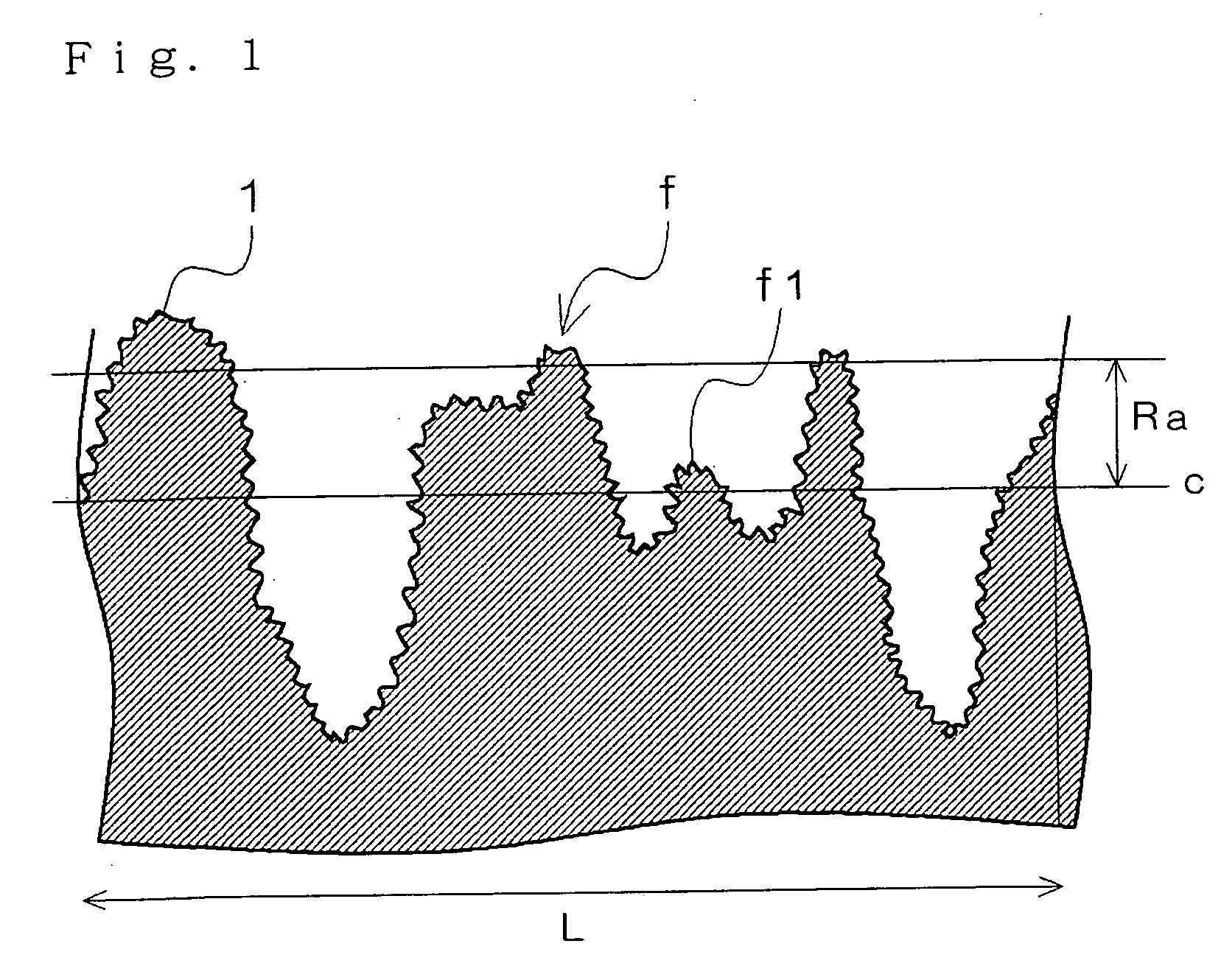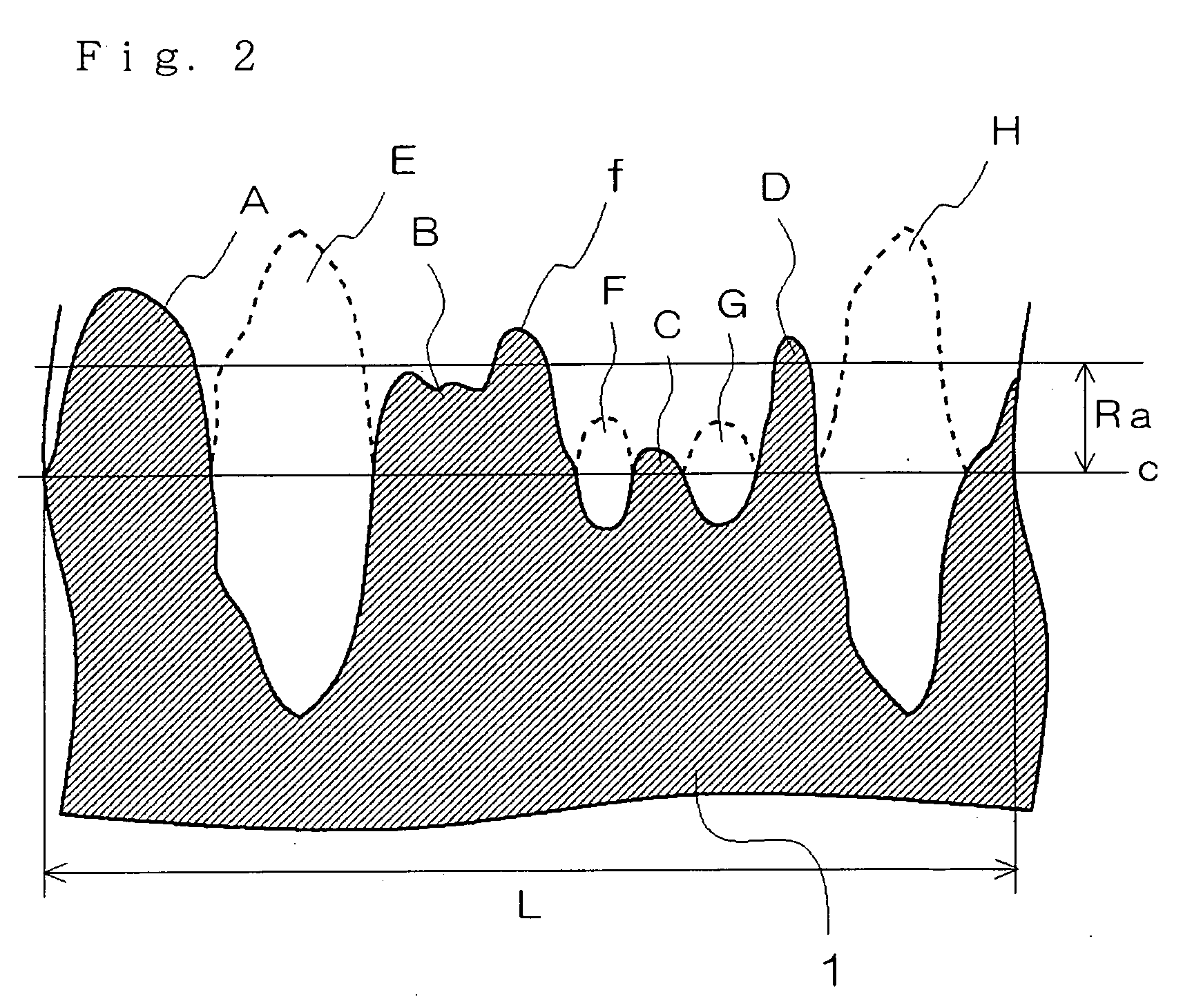Copolymer latex for non-contact coating, composition containing the same, coated paper and process for producing the same
a non-contact coating and coating technology, applied in the direction of papermaking, non-fibrous pulp addition, transportation and packaging, etc., can solve the problems of not being generally used for coating paper production, curtain coating and spray coating, and difficulty in increasing the bulk of coated paper, so as to reduce printing gloss and improve runnability and workability
- Summary
- Abstract
- Description
- Claims
- Application Information
AI Technical Summary
Benefits of technology
Problems solved by technology
Method used
Image
Examples
example 1-1
[0188] 200 parts of water, 0.5 part of sodium dodecylbenzenesulfonate and 1 part of sodium persulfate were charged in an autoclave having a stirrer equipped, the temperature of which could be controlled, and the components for the first step shown in Table 1 were charged at a time and reacted at 60° C. for 1 hour. Thereafter, the components for the second and third steps shown in Table 1 were continuously added in the order at a rate of 10 parts / hour to continue the polymerization. After completing the addition, the reaction was further effected at 70° C. for 6 hours to obtain a copolymer latex L-1 containing particles formed of a copolymer. The final polymerization conversion was 98%. The resulting copolymer latex L-1 was measured for the average particle diameter, the toluene insoluble content and the glass transition point of the polymer particles in the following manner. The results obtained are shown in Table 1.
(1) Average Particle Diameter
[0189] The average particle diamete...
examples 1-2 to 1-10
[0193] Copolymer Latices L-2 to L-10 were produced in the same manner as in Example 1-1 except that the raw materials shown in Tables 1 to 3 were used. The final polymerization conversion was from 98 to 99%. The resulting latices were evaluated in the aforementioned manners. The results obtained are shown in Tables 1 to 3.
example 1-11
[0206] The coating composition for paper CP-1 was coated on base paper (64 g / m2) to a coated weight of 10.0±0.5 g / m2 per one surface with a laboratory curtain coater, produced by SMT, Inc., at a coating speed of 30 m / min, and then dried with a hot air drier at 150° C. for 20 seconds, so as to obtain coated paper (A1). Thereafter, the coated paper (A1) was allowed to stand in a constant temperature and humidity bath at a temperature of 23° C. and a humidity of 50% over one day. The coated paper (A1) was subjected four times to a super calender treatment under conditions of a linear pressure of 100 kg / cm and a roll temperature of 50° C. to obtain coated offset printing paper. The resulting coated offset printing paper was evaluated for the dry pick strength, the wet pick strength, the printing gloss, the color fading property of the coated paper, and the runnability upon production in the following manner.
(1) Dry Pick Strength
[0207] The extent of picking upon printing with an RI pr...
PUM
| Property | Measurement | Unit |
|---|---|---|
| particle diameter | aaaaa | aaaaa |
| temperature T2 | aaaaa | aaaaa |
| temperature T2 | aaaaa | aaaaa |
Abstract
Description
Claims
Application Information
 Login to View More
Login to View More - R&D
- Intellectual Property
- Life Sciences
- Materials
- Tech Scout
- Unparalleled Data Quality
- Higher Quality Content
- 60% Fewer Hallucinations
Browse by: Latest US Patents, China's latest patents, Technical Efficacy Thesaurus, Application Domain, Technology Topic, Popular Technical Reports.
© 2025 PatSnap. All rights reserved.Legal|Privacy policy|Modern Slavery Act Transparency Statement|Sitemap|About US| Contact US: help@patsnap.com



